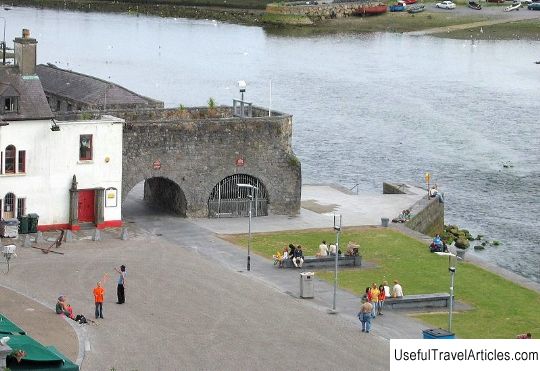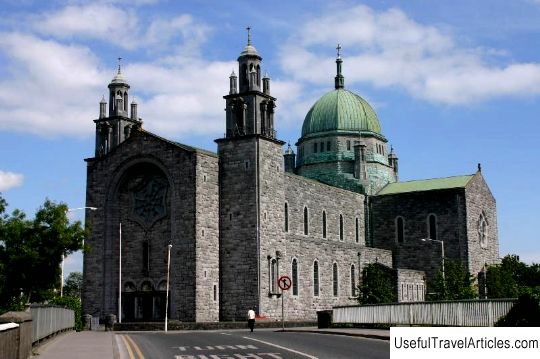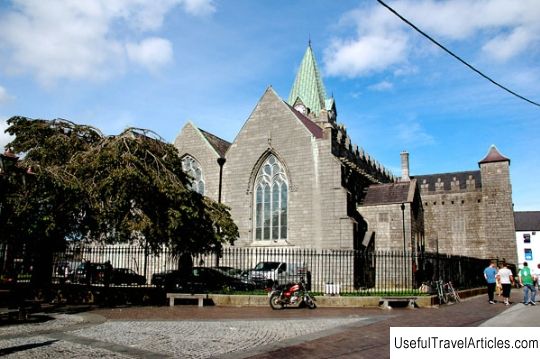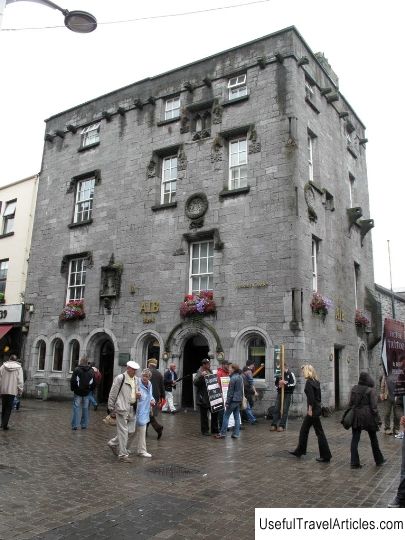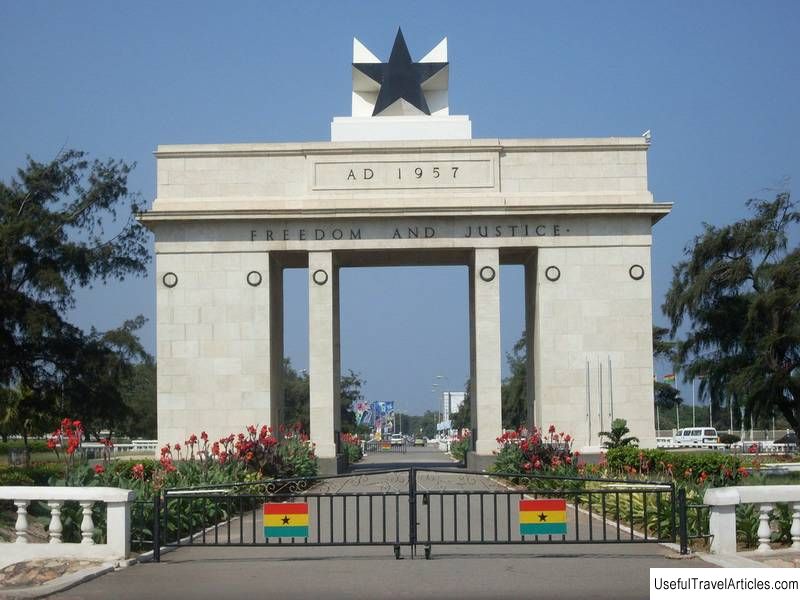Galway City Museum description and photos - Ireland: Galway
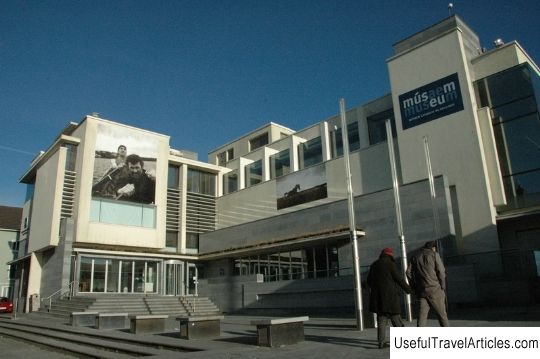
Galway City Museum description and photos - Ireland: Galway. Detailed information about the attraction. Description, photographs and a map showing the nearest significant objects. The title in English is Galway City Museum. Photo and descriptionThe City Museum of Galway, located in the city center near the Spanish Arch, tells about the historical and cultural heritage of Galway. The museum was founded relatively recently, in the mid 70s -s of the last century. It was first located in Comford House, in the house where the famous writer, journalist and sculptor Claire Sheridan lived. The museum existed here until 2004, and in 2007 it was reopened in a new, purpose-built building. The Spanish Arch, part of the city's ancient defensive fortifications, serves as the wall of the museum's courtyard. The height of the new building is limited to three floors so that it can fit into the existing development of the old city center. The museum's permanent exhibitions tell about the history of the city from ancient times to the present day. A separate exposition is dedicated to the village of Claddah, a suburb of Galway, home of the famous Claddah rings, a symbol of love, fidelity and friendship (two hands hold a heart crowned with a crown). Since Galway is a seaport, you can see fishing boats, signal lights, navigational books, etc. in the museum. More recent history is reflected in photographs of the city that have been taken since the 1950s. Of particular interest is the collection of textiles recently donated to the museum by the nuns of the Dominican Order. This is a magnificent collection of embroideries, tapestries and woven bedspreads made from the 17th to the 20th century. In addition to the permanent exhibition, the museum constantly hosts a variety of temporary exhibitions. A separate exposition is dedicated to the village of Claddah, a suburb of Galway, home of the famous Claddah rings, a symbol of love, fidelity and friendship (two hands hold a heart crowned with a crown).Since Galway is a seaport, you can see fishing boats, signal lights, navigational books, etc. in the museum. More modern history is reflected in photographs of the city that have been taken since the 1950s. Of particular interest is the collection of textiles recently donated to the museum by the nuns of the Dominican Order. This is a magnificent collection of embroideries, tapestries and woven bedspreads made from the 17th to the 20th century. In addition to the permanent exhibition, the museum constantly hosts a variety of temporary exhibitions. A separate exposition is dedicated to the village of Claddah, a suburb of Galway, home of the famous Claddah rings, a symbol of love, fidelity and friendship (two hands hold a heart crowned with a crown).Since Galway is a seaport, you can see fishing boats, signal lights, navigational books, etc. in the museum. More recent history is reflected in photographs of the city that have been taken since the 1950s. Of particular interest is the collection of textiles recently donated to the museum by the nuns of the Dominican Order. This is a magnificent collection of embroideries, tapestries and woven bedspreads made from the 17th to the 20th century. In addition to the permanent exhibition, the museum constantly hosts a variety of temporary exhibitions. loyalty and friendship (two hands hold a crown-crowned heart).Since Galway is a seaport, you can see fishing boats, signal lights, navigational books, etc. in the museum. More recent history is reflected in photographs of the city that have been taken since the 1950s. Of particular interest is the collection of textiles recently donated to the museum by the nuns of the Dominican Order. This is a magnificent collection of embroideries, tapestries and woven bedspreads made from the 17th to the 20th century. In addition to the permanent exhibition, the museum constantly hosts a variety of temporary exhibitions. loyalty and friendship (two hands hold a crown-crowned heart).Since Galway is a seaport, you can see fishing boats, signal lights, navigational books, etc. in the museum. More recent history is reflected in photographs of the city that have been taken since the 1950s. Of particular interest is the collection of textiles recently donated to the museum by the nuns of the Dominican Order. This is a magnificent collection of embroideries, tapestries and woven bedspreads made from the 17th to the 20th century. In addition to the permanent exhibition, the museum constantly hosts a variety of temporary exhibitions. More recent history is reflected in photographs of the city that have been taken since the 1950s. Of particular interest is the collection of textiles recently donated to the museum by the nuns of the Dominican Order. This is a magnificent collection of embroideries, tapestries and woven bedspreads made from the 17th to the 20th century.In addition to the permanent exhibition, the museum constantly hosts a variety of temporary exhibitions. More recent history is reflected in photographs of the city that have been taken since the 1950s. Of particular interest is the collection of textiles recently donated to the museum by the nuns of the Dominican Order. This is a magnificent collection of embroideries, tapestries and woven bedspreads made from the 17th to the 20th century.In addition to the permanent exhibition, the museum constantly hosts a variety of temporary exhibitions.     We also recommend reading The Manila Metropolitan Theater description and photos - Philippines: Manila Topic: Galway City Museum description and photos - Ireland: Galway. |
